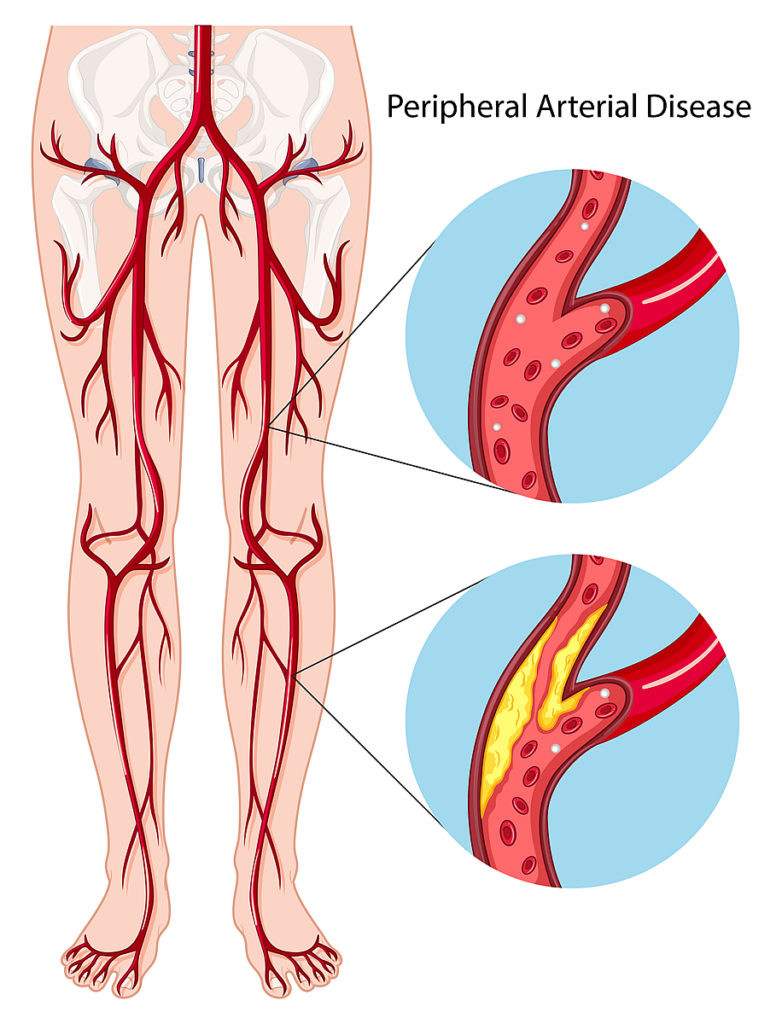A nurse on a telemetry unit is reviewing the laboratory results for a client who has atrial fibrillation and is taking warfarin. Which of the following laboratory values should the nurse report to the provider?
Hemoglobin (Hgb) : 16 g/dL
Prothrombin Time (PT) : 45 seconds
Activated Partial Thromboplastin Time (aPTT) : 36 seconds
Platelets : 190,000/mm
The Correct Answer is B
Choice A reason : A hemoglobin (Hgb) level of 16 g/dL is within the normal range for adults, which typically falls between 13.8 to 17.2 g/dL for men and 12.1 to 15.1 g/dL for women. Therefore, this value does not warrant reporting to the provider as it does not indicate an immediate concern.
Choice B reason : A prothrombin time (PT) of 45 seconds is significantly higher than the normal range of 11 to 13.5 seconds for individuals not on anticoagulation therapy. For patients on warfarin, the target PT is usually 1.5 to 2 times the normal value, depending on the indication for therapy. However, a PT of 45 seconds suggests a high risk of bleeding and requires immediate medical attention.
Choice C reason : The activated partial thromboplastin time (aPTT) of 36 seconds is within the normal range of approximately 21 to 35 seconds⁸. This result indicates that the blood's intrinsic clotting pathway is functioning within expected parameters and does not need to be reported.
Choice D reason : A platelet count of 190,000/mm is within the normal range, which is typically 150,000 to 450,000 platelets/mm. This value is not concerning and does not need to be reported to the provider.
Nursing Test Bank
Naxlex Comprehensive Predictor Exams
Related Questions
Correct Answer is A
Explanation
Choice A reason: Walking is a highly beneficial activity for individuals with peripheral vascular disease (PVD). It helps improve circulation, which can be compromised in PVD due to narrowed or blocked blood vessels. Regular walking can lead to the development of collateral circulation, which is the formation of new blood vessels that bypass the blockages and improve blood flow to the affected areas. This can help alleviate symptoms such as pain and cramping during walking, known as claudication. Walking should be done at a pace that is comfortable and should be stopped if pain occurs. Over time, walking can increase the distance a person with PVD can walk without pain.
Choice B reason: Compression stockings are often recommended for individuals with PVD to help improve blood flow. Knee-length stockings exert pressure on the lower legs, helping to reduce edema and discomfort associated with PVD. They can also help prevent deep vein thrombosis, a potential complication of PVD.
Choice C reason: Elevating the legs can help reduce swelling and improve venous return in clients with PVD. It is recommended to elevate the legs above the level of the heart to maximize the effect. This can be done by placing pillows under the legs while lying down.
Choice D reason: Shopping for shoes in the morning is advised because feet can swell throughout the day, especially in clients with PVD. Fitting shoes in the morning can help ensure a more accurate fit, reducing the risk of pressure points that could lead to skin breakdown and ulcers.

Correct Answer is A
Explanation
Choice A reason : Hepatomegaly, or the enlargement of the liver, is a common finding in right-sided heart failure. This condition occurs because the heart does not pump blood effectively, leading to congestion and increased pressure in the venous system, including the hepatic veins. As a result, the liver becomes engorged with blood, causing it to enlarge. The normal liver span in adults is about 10-12 cm in the midclavicular line, and any measurement above this can indicate hepatomegaly.
Choice B reason : Orthopnea, which is shortness of breath while lying flat, is more commonly associated with left-sided heart failure. In right-sided heart failure, symptoms are more related to systemic congestion, such as swelling in the legs and abdomen, rather than pulmonary symptoms like orthopnea.
Choice C reason : Dyspnea, or difficulty breathing, can be a symptom of both left and right-sided heart failure. However, in the context of right-sided heart failure, dyspnea is usually due to the accumulation of fluid in the abdominal cavity (ascites) and the increased pressure in the abdominal veins, which can compress the diaphragm and make breathing difficult.
Choice D reason : Frothy sputum is typically not a symptom of right-sided heart failure. It is more indicative of pulmonary edema, which is associated with left-sided heart failure. In right-sided heart failure, the primary issues are related to the systemic circulation and venous congestion.
Whether you are a student looking to ace your exams or a practicing nurse seeking to enhance your expertise , our nursing education contents will empower you with the confidence and competence to make a difference in the lives of patients and become a respected leader in the healthcare field.
Visit Naxlex, invest in your future and unlock endless possibilities with our unparalleled nursing education contents today
Report Wrong Answer on the Current Question
Do you disagree with the answer? If yes, what is your expected answer? Explain.
Kindly be descriptive with the issue you are facing.
